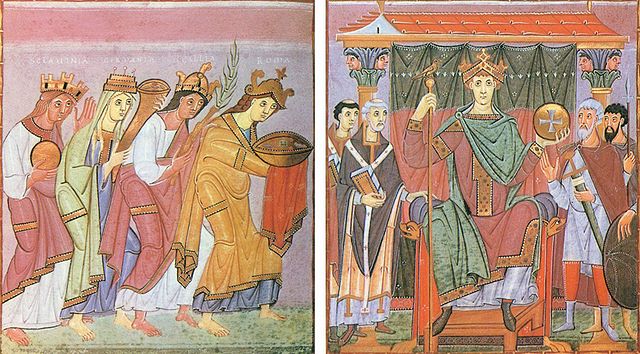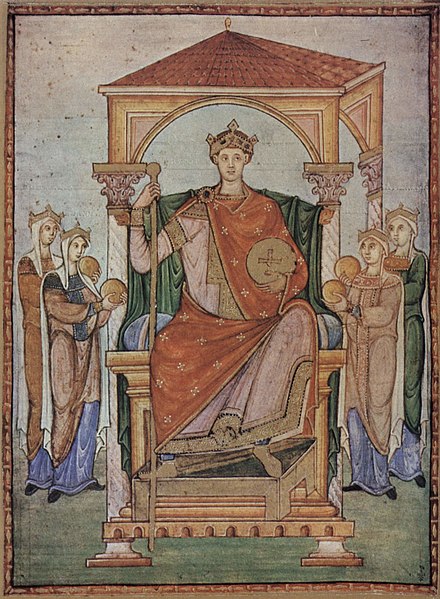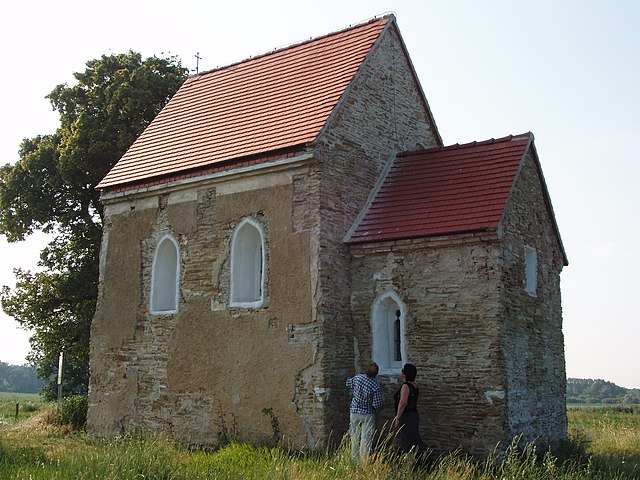Ottonian art is a style in pre-romanesque German art, covering also some works from the Low Countries, northern Italy and eastern France. It was named by the art historian Hubert Janitschek after the Ottonian dynasty which ruled Germany and Northern Italy between 919 and 1024 under the kings Henry I, Otto I, Otto II, Otto III and Henry II. With Ottonian architecture, it is a key component of the Ottonian Renaissance. However, the style neither began nor ended to neatly coincide with the rule of the dynasty. It emerged some decades into their rule and persisted past the Ottonian emperors into the reigns of the early Salian dynasty, which lacks an artistic "style label" of its own. In the traditional scheme of art history, Ottonian art follows Carolingian art and precedes Romanesque art, though the transitions at both ends of the period are gradual rather than sudden. Like the former and unlike the latter, it was very largely a style restricted to a few of the small cities of the period, and important monasteries, as well as the court circles of the emperor and his leading vassals.

The Essen cross with large enamels with gems and large senkschmelz enamels, c. 1000
"Roma", "Gallia", "Germania" and "Sclavinia" pay homage to Otto III, from the Munich Gospels of Otto III, one of the "Liuthar group"
Otto II, by the Gregory Master
Apotheosis of Otto III. Liuthar Gospels
Pre-Romanesque art and architecture
Pre-Romanesque art and architecture is the period in European art from either, the emergence of the Merovingian kingdom in about 500 AD or from the Carolingian Renaissance in the late 8th century, to the beginning of the 11th century Romanesque period. The term is generally used in English only for architecture and monumental sculpture, but here all the arts of the period are briefly described.
The royal palace, later church, of Santa María del Naranco, an example of Asturian architecture of the Ramirense period
The interior of the Church of São Pedro da Lourosa in Lourosa, Portugal
Church of St. Margaret of Antioch, Kopčany in Kopčany, Slovakia, 9th–10th century
Baptistery of Aix Cathedral, built by the Merovingians, AD 500








